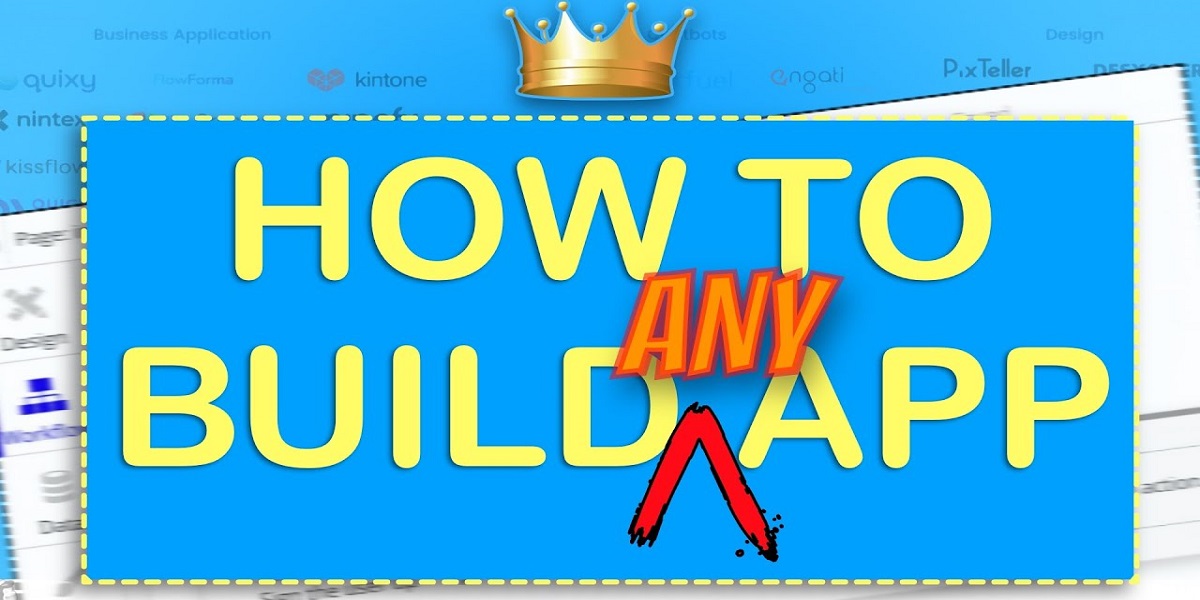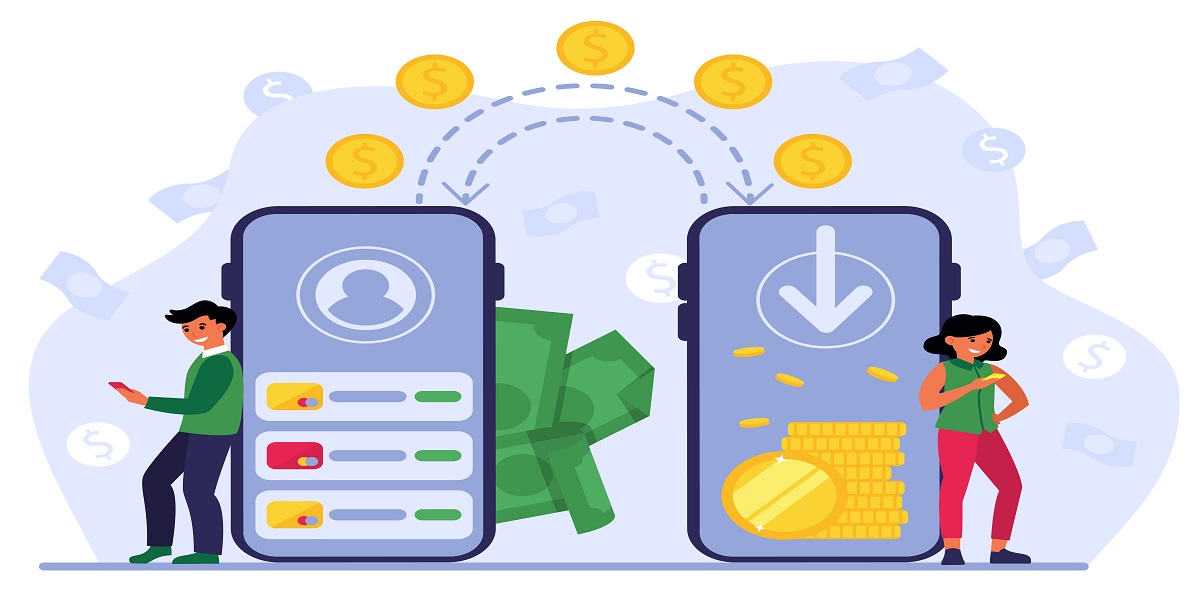How to Build an App in 2022: From Idea Validation to Project Released
- By Yuliya Melnik
- 27-05-2022
- Mobile Apps

After you’ve come up with a fabulous app idea, the next question that may be hovering in your head is, how to design an application to contribute to business growth? The point is that app development is a crafty procedure requiring tech-savviness, long paper tail, tools, and lengthy discussions. Thus, I have prepared this step-by-step guide to help you navigate the murky waters of building an application.
App Development: Step-By-Step Approach
Step#1. Conduct Market Research
First of all, you need to decide what kind of application you’d like to build and start analyzing the preferred niche and degree of the contest. Without comprehensive research, there is a risk of delivering an application nobody will care about. Secondly, you should conduct a competitive analysis to understand how your firm holds a candle to direct and indirect contests. For instance, let's imagine you want to create a telehealth app. This way, you’ll need to scrutinize current telemedicine platforms, define what they’re missing and what characteristics bring them to the top. It will help you obtain more insights about what functionality should be integrated and/or modified. Finally, perform the target users’ examination. Knowing your buyer persona will allow you to add features addressing their pain points.
Step#2. Decide on Features Set
This stage implies jotting down your future digital solution's desired functionality (both basic and advanced ones). Get back to our example with a healthcare solution. If you're planning to design an app like Doctor on Demand, the must-have functionality is as follows:
Registration
Profile management
Text chat
Video meeting
Calendar management
Payment details
As for the more sophisticated features, they can include:
3rd party integrations
Pre-visit form
Educational materials, etc.
The app’s feature list (at least sample one) is required before appealing to a software development company. It will enable a technical team to provide you with a custom project estimate and project development time slots.
Step#3. Select Platforms
In designing an application, you have to account for multiple factors, and the platform is one of those factors. You can create an app running on iOS, Android, web- or desktop-based apps. When choosing the platform, you should be guided by the following determinants:
Target market;
Development time;
Creating an MVP app.
The majority of business owners tend to deploy an MVP app on iOS since it takes less time than building an Android-powered application. You can also consider cross-platform solutions suited to different devices. Thus, customers will be able to interact with your media content using smartphones, tablets, wearables, and other devices. In addition, flutter app development services cut the development costs up to 30% and make it easier to support and update the product.
Step#4. Look Out UI/UX Design
At this stage, you cooperate with UI/UX designers to craft vibrant product designs resonating with your brand and audience’s tastes. The design workflow falls under the creation of wireframes, mockups, and a product prototype. Wireframes represent the key elements you would see on the screen in their simplest form, and they’re usually in black write. They aim to test elements’ positioning and design ideas. After that, the design team proceeds to mockup development based on the wireframes done. Mockups are one step further in app design. They contain colors, fonts, and the look and feel of the design represented. The whole process ends up with prototyping. Prototype encompasses features and other interactive mediums that the user will meet while interacting with your product. It’s not a scheme of your application but a tested copy that UX/UX designers present to the client for a definitive evaluation. It’s worth mentioning that the final mobile app design cost will depend on the platform type, user interface complexity, and the location of your IT vendor.
Step#5. Development Process
This stage is about building and deploying applications under approved requirements and tech stack. Let’s get down to the common development methods that are there.
Native applications. These apps are made for specific device platforms and demand different app designs adjustable to iOS and Android platforms. Twitter, Spotify, and Pokemon Go are some of the native-based apps.
Hybrid applications. These apps have a solitary codebase, which is suitable for multiple platforms. It presents a mix of native solutions and web apps. Native apps work as websites but run through native apps. Uber, Gmail, and Evernote offer examples of building this type of app.
Cross-platform apps. As I mentioned earlier, these apps cover multiple platforms and are faster to deploy. The difference between hybrid solutions and Flutter-based apps in the languages and frameworks employed. Instagram, Walmart, and Bloomberg have inspired developers to explore how to develop multiplatform software solutions.
The whole SDLC process is divided into gaps called sprints, during which the programmers need to incorporate a certain part of the system’s functionality (or modules, if we talk about enterprise-level solutions, like applications for logistics companies). The technical teams are managed by certified project managers that are responsible for requirements clarification and workflow coordination. The app developers may also add various APIs (e.g., payment services, travel booking, calendar, google maps, etc.), allowing you to bring significant opportunities to your customers.
As for the coding process itself, it’s better to begin with minimum viable product development (MVP). This approach lets you quickly launch the product without shelling out a ton of money. It represents the essence of the product and encompasses minimum functions to address basic users’. Eventually, you can implement more complex features when your application proves the demand.
If there is an established business process, the application should be integrated with existing software to provide smooth data interchange. For instance, if you run logistics businesses and need a freight management system, it should be combined with CRM, transportation management system, route planning software, business intelligence, reporting tools, etc.
Step#6. Released and Maintenance
The off-the-rock app is submitted to the clients with all the project paperwork. Most software development agencies assist in app releasing on app marketplaces to facilitate and speed up the verification process. In some cases, the cooperation with your vendor doesn’t stop as the product is released. It may need multi-step support and maintenance services (especially if you deploy complex interconnected systems). The work scope may include legacy app upgrades, code optimization, support integrated software, entailing new features, and much more. These actions will allow you to keep up with the ever-changing market demands and consumer needs.
Wrapping Up
The process of developing a custom application might sound tricky. However, by being aware of the basics, you receive an opportunity to deliver a complete digital solution making for high client engagement.





